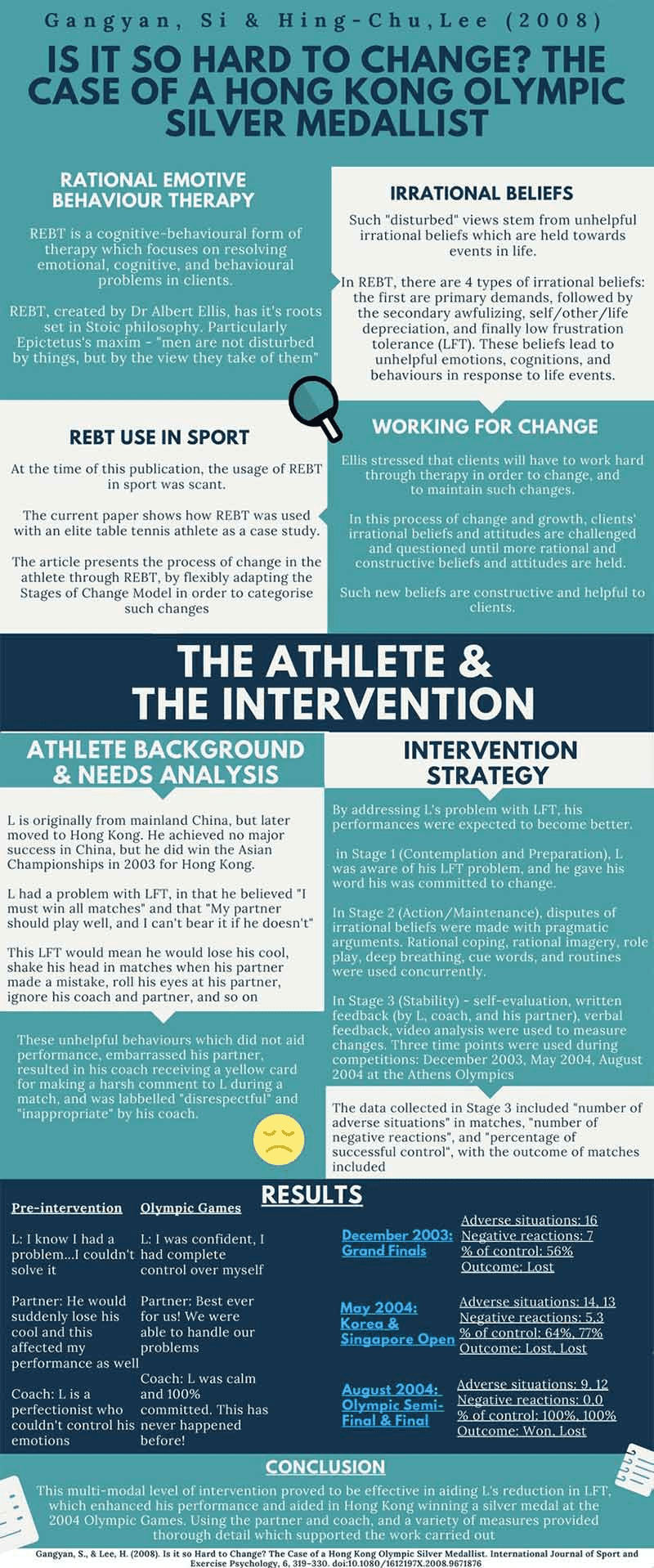
Behavioral therapy is widely used to help people cope with mental health issues. It seeks to find negative patterns, develop better stress handling methods, and bring about long-term life changes.
Behavioral therapy can be used to address a range of issues; from unhealthy compulsions and sleep dysfunction to irrational fears or beliefs. Therapists employ various techniques during these sessions, including dialectical therapy, interpersonal psychotherapy, and exposure therapy. Cognitive behavioral therapy (CBT) and rational emotive behavioral therapy (REBT) are two of the most popular forms of behavioral therapy today.
This post goes into the individual strengths of REBT vs. CBT. We also look at individual strengths and how they work in unison.
What is CBT?
Cognitive behavioral therapy is a form of psychotherapy that has been used to treat mental health conditions ranging from hoarding disorder to intermittent panic attacks. CBT sees thoughts, emotions, and actions as linked and impacting one another. It helps individuals recognize patterns in thinking and behavior so they can act to fix them.
By changing the way they think and behave, everyone can improve their overall quality of life and better manage mental health problems related to negative feelings and anxiety.
Cognitive behavioral theories are often employed with other treatments, such as medication and lifestyle changes. Cognitive therapy is an effective form of therapy for many symptoms of mental illnesses, including social phobias and stress-related behavioral issues like eating disorders.
CBT helps people become more conscious of their feelings and actions and recognize negative patterns in behavior. It also helps them identify negative patterns in their behavior and develop strategies for making positive changes. By learning new ways of thinking and behaving, people can learn to better manage stress, improve relationships, reduce symptoms of depression or anxiety, and ultimately lead healthier lives.

What is REBT?
Rational emotive behavioral therapy is a slightly older therapy method developed by psychologist Albert Ellis in the 1950s. It’s based on the idea that irrational beliefs lead to negative emotions and undesired behavioral and emotional changes. Through REBT, individuals can learn how to challenge these beliefs, and replace them with more rational thinking processes.
The goal of rational emotive behavioral therapy is to help individuals gain greater insight into their thought and behavior patterns, so that they can overcome any emotional disturbance and make positive changes in their lives. REBT uses multiple techniques, including cognitive restructuring, problem-solving, behavior modification and rational self-talk.
By addressing beliefs and identifying the underlying causes of emotional distress, REBT can help individuals do away with negative beliefs and change the way they react to challenging situations. It can be a powerful tool for personal growth and emotional well-being — teaching individuals how to identify periods of irrationality and quickly bring them under control.
REBT is still commonly employed by mental health professionals today; helping individuals to address mental health disorders such as chronic depression, anxiety and low self-esteem in order to achieve unconditional self-acceptance. REBT is a great option for individuals seeking an evidence-based, holistic approach to managing their overall mental health and well-being.
REBT
- Actively grapples with underlying beliefs and emotions that cause cognitive distortions or emotional disturbance
- Therapist takes a hands-on role (e.g. guiding the client toward identifying and challenging problem behavioral patterns or negative thinking)
- Emphasizes personal growth, emotional development and unconditional self-acceptance
- Includes techniques such as “disputing” or reframing thoughts, including the replacement of identified irrational beliefs with more balanced ones
CBT
- A more recent psychotherapeutic method developed in the 1960s
- Focuses on developing coping skills and other means of controlling a negative reaction to known mental health triggers
- Therapist chooses courses of exploration to help the client recognize key experiences, memories or triggers (i.e. root causes) that lead to emotional disturbances
- Emphasizes the restructuring of client behaviors and reactions to trigger situations and settings
Key Differences Between CBT & REBT
REBT and CBT are both forms of behavioral therapy, but with several key distinctions. REBT emphasizes the role of philosophical beliefs or attitudes in determining emotions and behaviors, while CBT focuses on more concrete thought patterns that influence behavior. Additionally, REBT emphasizes present patterns of behavior and thinking, whereas CBT looks more at past traumas and the client’s overall body of experiences.
REBT is more directive, with the therapist playing a larger role in helping the client modify their beliefs to challenge irrational thought patterns and negative emotions. In contrast, CBT encourages clients to actively develop skills or strategies that help them recognize and manage their own cognitive distortions, behaviors, and emotions.
Ultimately, both approaches work to challenge irrational thought processes and behaviors, though the focus and approach may differ. By understanding these differences, those seeking therapy can identify which approach best fits their individual needs.
It’s important to understand that REBT and CBT are not mutually exclusive approaches. In some cases, they can be used in conjunction to create a comprehensive treatment plan. By combining their positive qualities, therapists can improve their clients’ self-esteem and gain practical skills while exploring the underlying core beliefs that influence their emotions and behavior.

Is REBT or CBT More Effective?
The efficacy of rational emotive behavioral therapy and cognitive behavioral therapy vary depending on the situation. Therapists and mental health professionals typically consider the specific needs of each individual when deciding which type of therapy will be most effective in treating their mental health conditions.
CBT and REBT as individual courses of therapy vs. a combined approach
Both REBT and CBT have been shown to be useful in treating a variety of psychological disorders, so it’s important to consult with a mental health professional in order to determine which approach would best suit your needs. In many cases, using both REBT and CBT in combination makes it possible to achieve more comprehensive results in treating mental health concerns.In addition, research has shown that incorporating other approaches into traditional psychotherapy can be beneficial. Mindfulness-Based Cognitive Behavioral Therapy (MBCBT), for example, combines aspects of both REBT and CBT with techniques such as mindfulness training, yoga, and meditation.
The effectiveness of REBT versus CBT ultimately depends on the individual’s specific needs and medical history. In most cases, a qualified mental health professional can determine which approach is most suitable for you after a few preliminary therapy sessions or consultations. By taking into account the latest research and incorporating other approaches, such as MBCBT, it’s possible to plan and maximize the effectiveness of treatment quickly.
- Fear of Stupidity: Effects and Treatments for Stultophobia - February 16, 2024
- Body Scan Chronicles: Our Publisher Breaks Through Chronic Pain With Meditation - January 23, 2024
- VR Meditation App: A Beginner’s Guide to Virtual Reality Meditation - July 13, 2023

